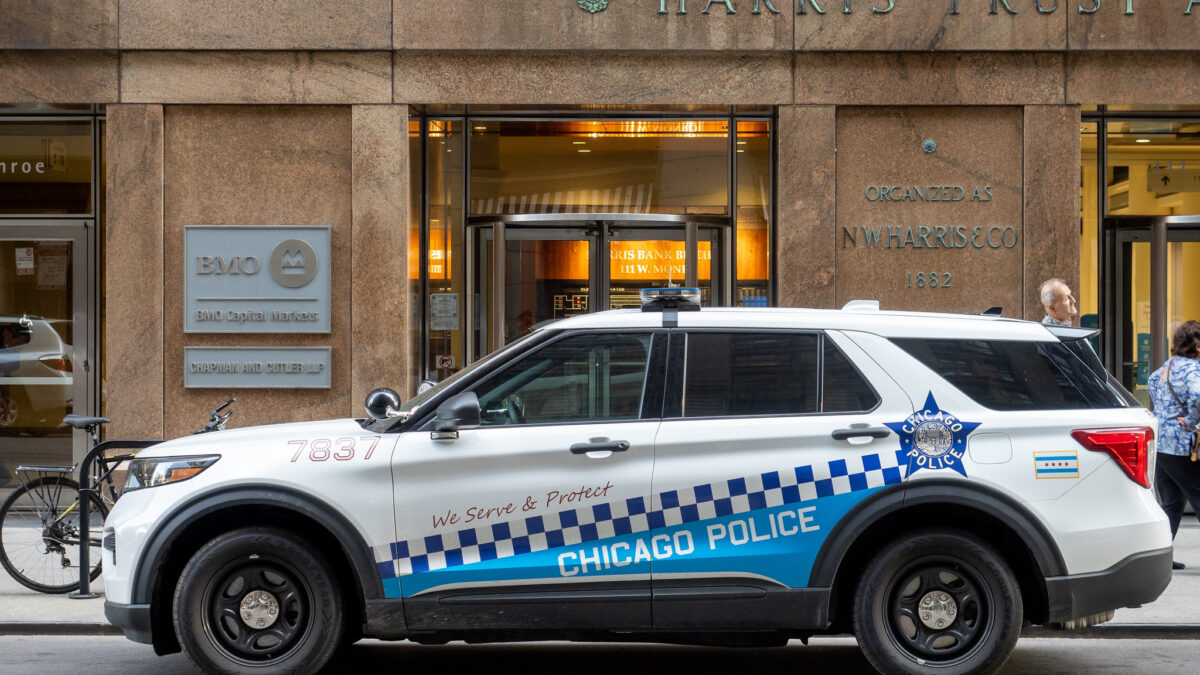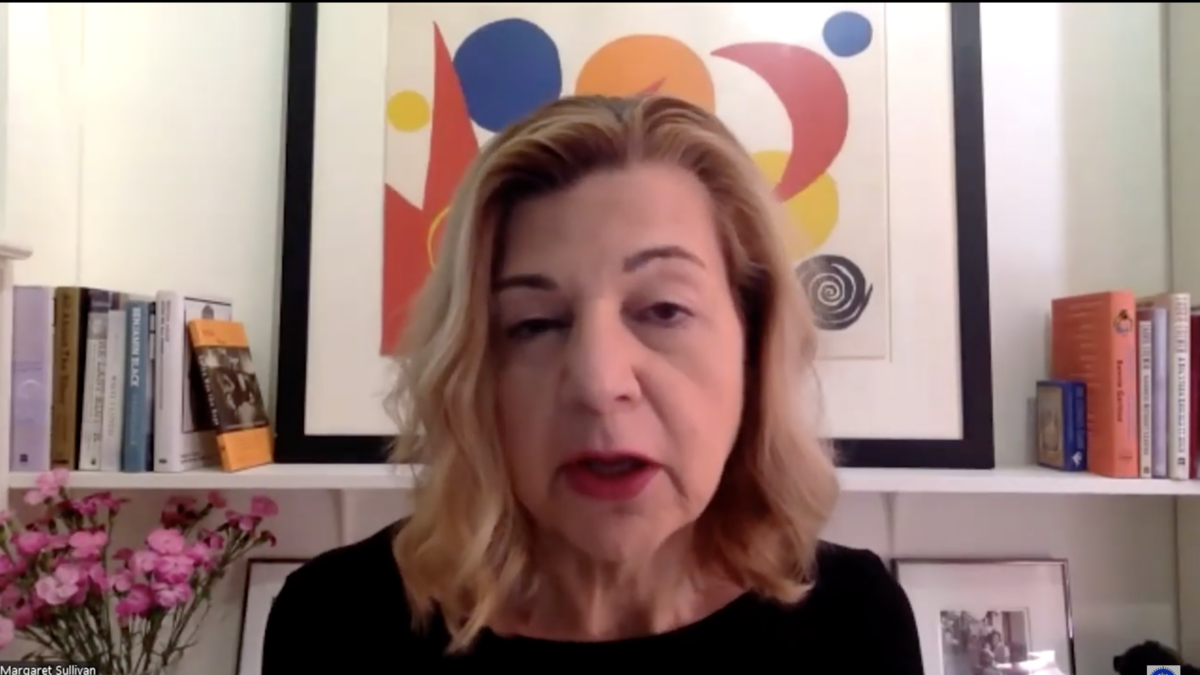
If there were Pulitzers for innuendo and chutzpah, Mark Mazzetti and Adam Goldman scribed the winning entry for both categories in Saturday’s New York Times.
“Erik Prince, the security contractor with close ties to the Trump administration, has in recent years helped recruit former American and British spies for secretive intelligence-gathering operations that included infiltrating Democratic congressional campaigns, labor organizations and other groups considered hostile to the Trump agenda, according to interviews and documents,” the duo opened.
This opening was quite the oversell, though, as the authors shortly revealed that the “secretive intelligence-gathering operations” were stings run by Project Veritas, and the “other groups considered hostile to the Trump agenda,” consisted of organizations such as Planned Parenthood. (In an amusing self-own, Mazzetti and Goldman identified the New York Times and Washington Post as other anti-Trump targets.) Notwithstanding the many insinuations, the article established no nexus between Donald Trump or his administration and Project Veritas’ activities.
But that didn’t stop the Times from turning a story about Project Veritas into yet another hoax about Trump. Yet the details sprinkled throughout the 2,000-word article revealed that the real story was about James O’Keefe’s organization, which in 2017 targeted the American Federation of Teachers (AFT) with a fake intern, and in 2018 used the same woman to pose as a volunteer for the then-congressional campaign of Democrat Abigail Spanberger.
Spanberger’s campaign discovered the deception and fired the Project Veritas’ mole. But when the powerhouse teacher’s union discovered Project Veritas’ undercover “intern” had secretly taped local leaders in Michigan, AFT Michigan sued Project Veritas for, among other things, trespassing and eavesdropping.
It appears that AFT Michigan shared with the Times some of the documents Project Veritas had to turn over during discovery process of the litigation, as Saturday’s article referenced details revealed in internal Project Veritas emails. Those emails showed that, as the Times framed it, “an ex-MI6 officer named Richard Seddon, helped run” the ATF operation and Seddon “regularly updated Mr. O’Keefe about the operation against the Michigan teachers’ union . . .”
Another email revealed that the woman who had posed as the intern, Marisa Jorge, told Seddon that “she had managed to record a local union leader talking about Ms. DeVos and other topics.” DeVos, of course, is Betsy DeVos, Trump’s current secretary of education, and Prince, the subject of the lead, is her brother. According to the Times’ reporting, Prince recruited Seddon to work with Project Veritas.
The Times article then proceeded to portray Prince and Project Veritas as steeped in the Trump orbit, by cataloguing a bunch of random minor connections to “President Trump’s aides and family.” Only after creating the appearance of significant and nefarious interactions between Prince and Project Veritas and Trump did the Times add the caveat that “whether any Trump administration officials or advisers to the president were involved in the operations, even tacitly, is unclear.”
When the Old Grey Lady says something “is unclear,” watch out. She’s telling you the evidence doesn’t justifying the reporting, so innuendo shall suffice. Therein lies the chutzpah!
The Times sought to implicate Trump and the Trump administration in what it portrayed as a spying scandal without any evidence, while for three years it ignored actual evidence that Hillary Clinton and the Democratic National Committee directly funded the Christopher Steele dossier, which the former MI6 spy then passed off to the FBI.
The FBI then used the Clinton-funded dossier to obtain the Carter Page Foreign Intelligence Surveillance Act warrants. As the inspector general report revealed, as part of that FISA surveillance, the FBI intercepted several Trump campaign communications. The government has also now conceded that at least two of those FISA orders were illegal obtained.
The Times’ coverage on Saturday of Project Veritas and its connections to Prince and the Trump administration proved more substantial than any reporting the newspaper has done on SpyGate. In fact, the narrative the Times sought to paint of a Trump spying scandal—everything from the recruitment of former MI6 spies to the use of a law firm to secretly fund the operations of Project Veritas—mirrored what happened to Trump so closely, that one must wonder whether the Times is trying to troll the right.








